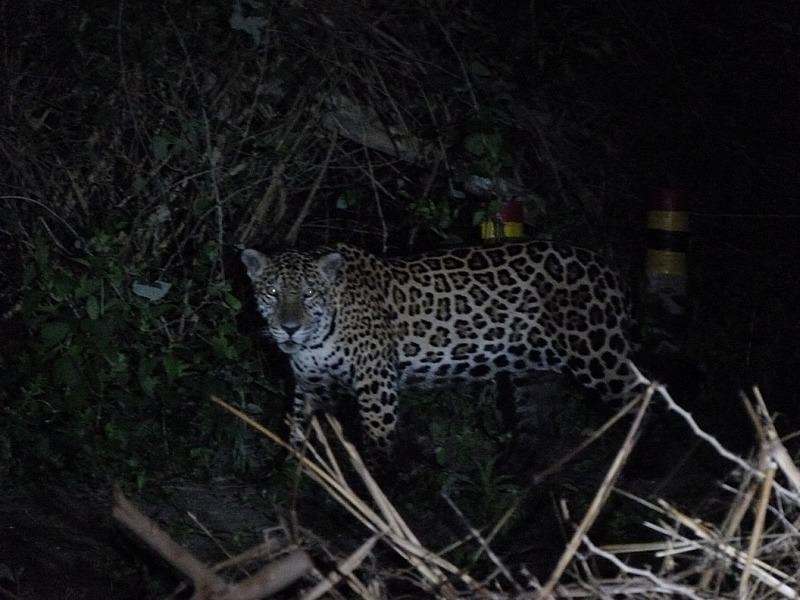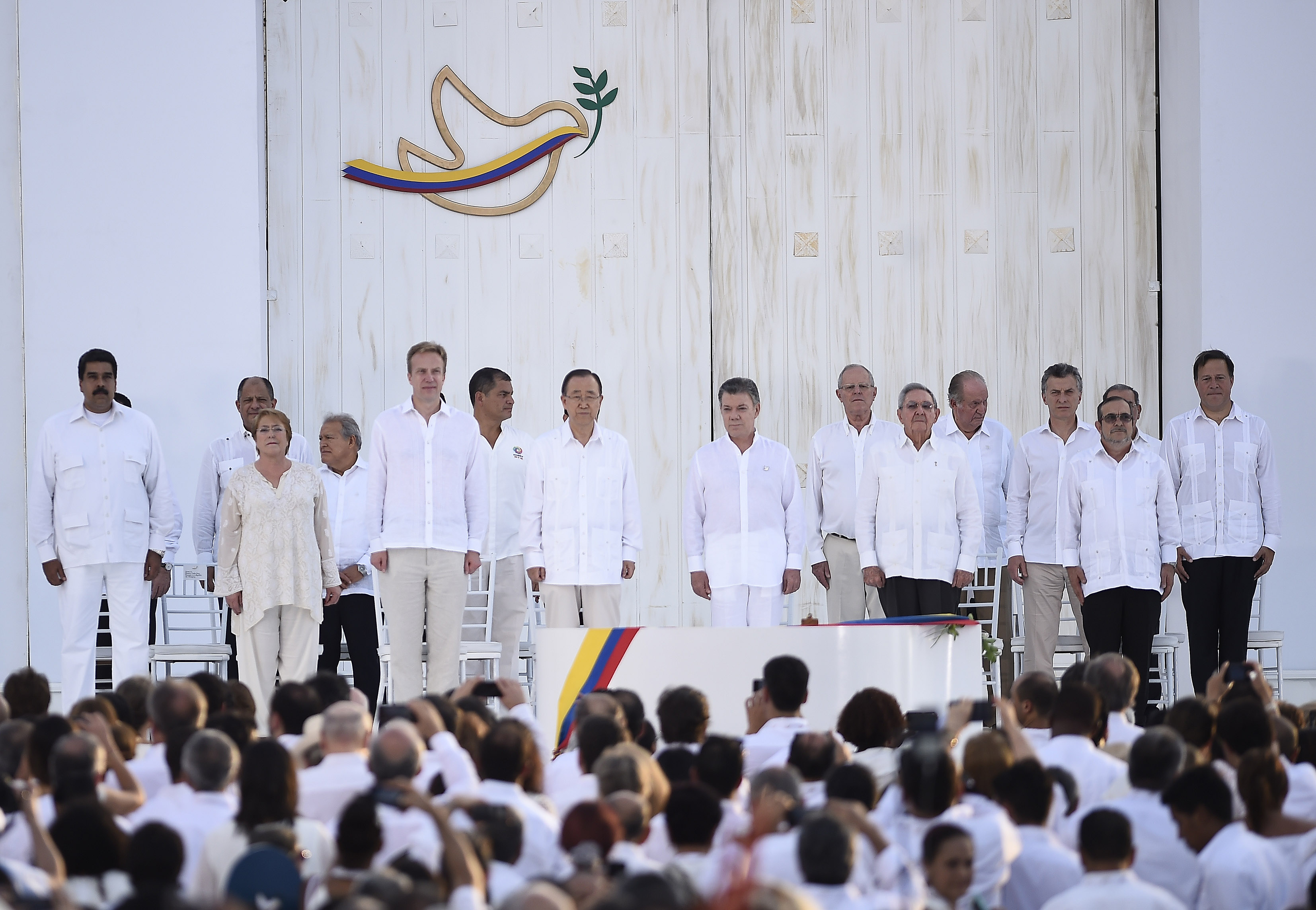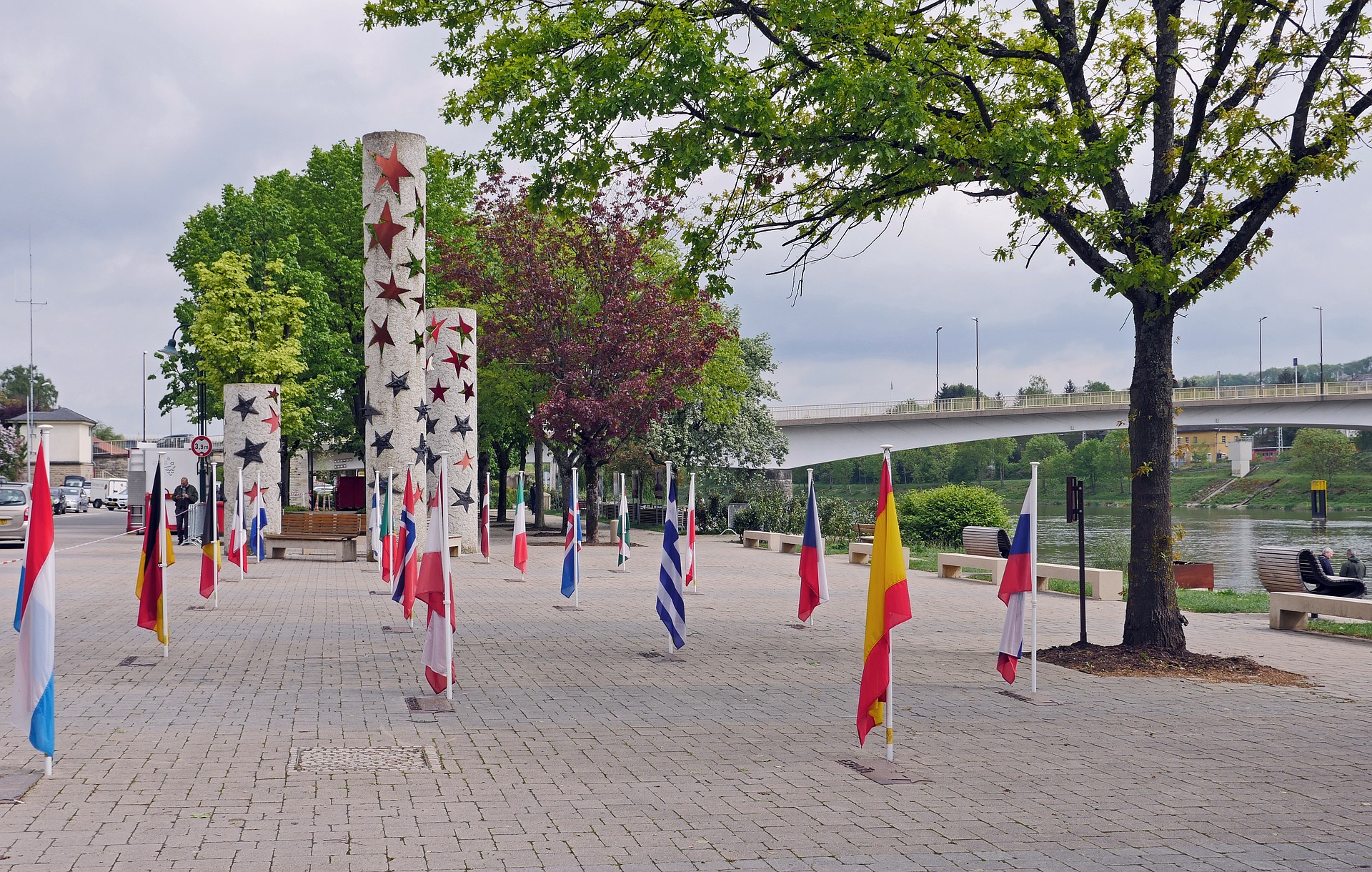
Soon after moving to Colombia, Richard* made his dream to create a wildlife reserve in the Sierra Nevada de Santa Marta a reality. But then he crossed paths with an armed gang that terrorises the region.
The tropical wonderland fringing the slopes of the glacier-draped Sierra Nevada – the planet’s highest point closest to the sea – appears peaceful enough, and tourists rightly flock to the coffee farmsteads of Minca and wild beaches of Tayrona National Park.
But under the surface lies a darker reality. The hordes of travellers that trek to the Lost City of Teyuna don’t realise that part of the fee paid for their tour lines the pockets of Los Pachencas, a fearsome gang that threatens businesses from Santa Marta to Riohacha.
The gang dabbles in fuel and drug smuggling and extorts local businesses or property owners forcing them to pay a vacuna – literally ‘vaccination’ – to avoid attacks and murder.
Such is its reach, that few dare to denounce Los Pachencas, particularly in the remote areas of the vast Sierra where their hitmen kill enough people to maintain a rule of terror and enforce silence.
This is the zone where Richard, a regular visitor to Colombia, decided to buy and preserve 100 hectares of forested land high on the mountain above the tourist destination of Minca. By mid-2017 he was managing an area containing extensive native bush where biologists could study the abundant fauna. Monkeys and toucans populated the trees, jaguars and pumas hunted in the forest by night. Researchers and intrepid visitors could be at one with nature.

So far, so good. But then Richard met Los Pachencas, a gang already preying on tourist companies and hotels along the coast and in nearby Minca. We caught up with Richard in Bogotá to hear his story.
The Bogotá Post: Did you know Los Pachencas were in the area before you moved there?
Richard: No, no-one told us, and the story in town (Minca) was ‘these rackets are all in the past now.’ We thought these problems were historic.
The Bogotá Post: How did you first become aware of Los Pachencas?
Richard: Local men came to our reserve asking for protection money, and said they were from Los Pachencas. We then had the choice to pay them, run away, or fight back. The last option felt natural for us. Why should we pay people for nothing? At the time it was hard for us to be sure how real the threat was, and if these people were really from an armed group. Later we found out they were Pachencas, and that all the local people live in fear of them, and the threat was real.
The Bogotá Post: You were vulnerable living in a remote area. Were you scared?
Richard: Yes, it was stressful, especially since we became aware that other properties and businesses – some foreign-owned – were also being targeted. Local people we know told us it was ‘normal here’ but we decided to call in the GAULA [special anti-kidnap and extortion police]. They initially told us to ‘let us know if the gang comes back’, which could have been to late if the gang decided to take violent action. But I had some contacts in the Colombian government in Bogotá who I called, and they acted: suddenly we were being taken seriously and even the local police were checking on us.
After a second visit from the gang – again pressurising us for money – the GAULA were quick to react and visited us to reassure us. But this seemed to be a result of our high-level contacts in Bogotá: in that sense we were lucky.

The Bogotá Post: Were other people living close by affected?
Richard: We later found out that in the Minca area many other locals and foreigners were caught up in the same protection racket. After calling in the GAULA, the gang seemed to leave us alone, but others we knew, including foreigners who had brought properties nearby, were being terrorised and robbed by masked men with guns.
Slowly we got more information, for example that in Santa Marta city many businesses and households are forced to pay money every month to the gang. ‘It’s just a way of life and it has always happened,’ we were told. It is so ingrained that everyone is aware from local police to politicians and authority workers. And some are part of it.
In Minca, extortion had been declining but in 2018 started to take off again. Even the tough local campesinos – who do not part with money easily – were paying a vacuna to move or sell cattle, and 10 per cent on all land sales. Then we found out that even the owner of the land we bought in 2017 had paid 10 per cent to the gang. That’s easy money for thugs who do nothing.
The Bogotá Post: Several times in recent years the police and army have claimed the ‘problem was solved’ or even that these organised gangs do not exist. Does the Colombian government do enough to root out these gangs?
Richard: It’s difficult for the prosecutors because people are scared to speak out. No-one in Minca dares to denounce because the gang are everywhere and there is little real protection. But the constant denial of the authorities was also annoying for us. The rhetoric was ‘these were problems of the past’ or ‘just some small gang exaggerated by the media’. The government is obsessed with denying these gangs are ‘paramilitaries’ but for us it’s irrelevant if a guy showing up with a mask and gun is a ‘paramilitary’ or whatever. The point is they are organised, out there, and dangerous.
The Bogotá Post: Will the arrests last month of some supposed higher-ranking Pachencos bring security?
Richard: Unlikely.Even after the arrests, masked men with guns were again terrorizing foreigners living on the mountain, who were too are scared to denounce. Then after the arrests some locals in Minca organised petitions to free the gang members. People will sign it out of fear. It’s so hard to know how many local people really support the group. We used to have wonderful friends in the community. Now, we don’t know who to trust.
The Bogotá Post: What will make a difference in the long term?
Richard: The government needs to get serious and clean up the area with a more permanent security presence. Foreign businesses should refuse to pay extortion and denounce threats to the GAULA. Paying these gangs just makes them come for more: one should stand up to them. Minca, the Sierra and the coast are booming for tourism, with both Colombian and foreign visitors, but the extortion and threat of violence for people living or working there is out of control. Businesses will move away. Without security, there is no future there.
*name changed.
A History of Violence
Over the last six years armed groups lead by former paramilitary bosses have re-kindled a crime network running drugs from the Atlantic coast, with a side-line forcing farmers, tour businesses, transporters, hotels and increasingly city-based businesses to pay extortion money or face a bullet.
These so-called GAOs (Grupos Armados Organizados) are mostly made up of former combatants from paramilitary groups, notorious in previous decades for working alongside state forces. Many fighters demobilised under peace agreements in 2004 but some took up criminal activity again. Local residents suspect that these criminals are still linked to local political and law enforcement structures.
Because the GAOs aim for complete domination of their zones with extreme violence, few witnesses come forward to denounce and the Colombian state has been slow to recognise the threat.
Chief among these gangs in the Santa Marta region – and the one in the spotlight right now – are Los Pachencos accredited with 17 murders in the first quarter of 2019, including a national park warden and the senior manager of a large agro-business based in Santa Marta.
In recent years high-profile military operations have led to large-scale captures of Los Pachencos, thought to number 600 in all, but with little impact on the gang’s activities. And several times in recent years state prosecutors have announced the ‘dismantling of the gang’ but the group has promptly resurrected.
One problem is that despite dramatic arrests, many low-level gang members are quickly recycled through the judicial system and free to commit crime again. Such was the case in 2015 when 17 gangsters were captured but released four months later because prosecutors had failed to press charges.
Meanwhile the clan chiefs seem adept at avoiding justice, such as Jesus Aguirre, aka ‘Chucho Mercancia’, a career criminal who prosecutors claim is the leader but are failing to pin down.
Not that the police haven’t captured him before. In fact, the self-styled ‘Tsar of Extortion’ has been a high-value target for over 20 years and repeatedly jailed – but then released surprisingly quickly, the last time being in 2013 when lawyers sprung him after 18 months reclusion.
Many political commentators are linking the resurgence of these extortion gangs with the ascendancy of a new government that is pursuing an anti-peace process agenda.
But when President Duque visited the coast in April 2019, he announced his government would ‘put an end to Los Pachencas and Chucho Mercancia’. Many hope he will fulfil the promise.





